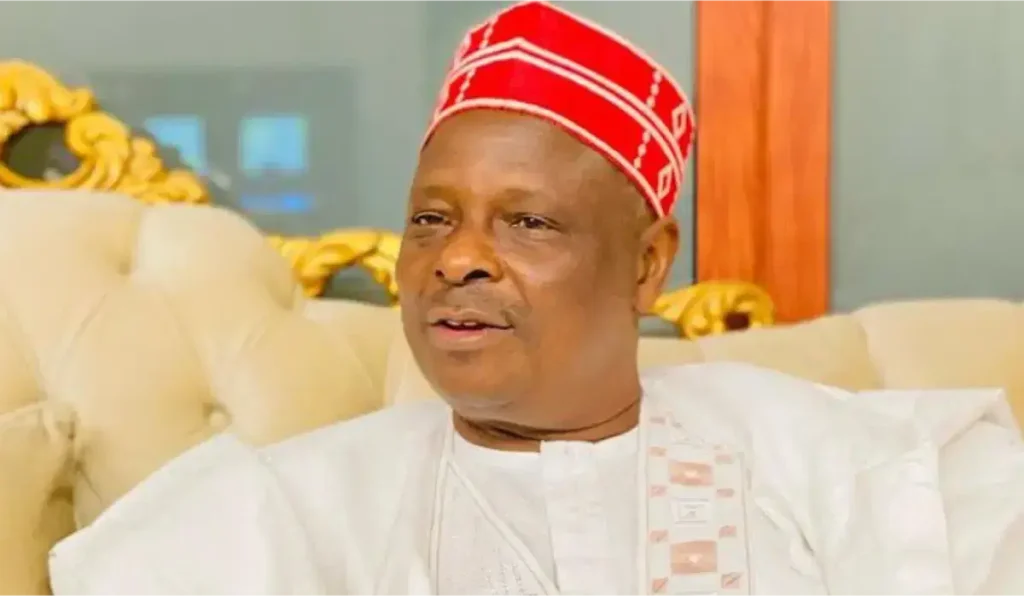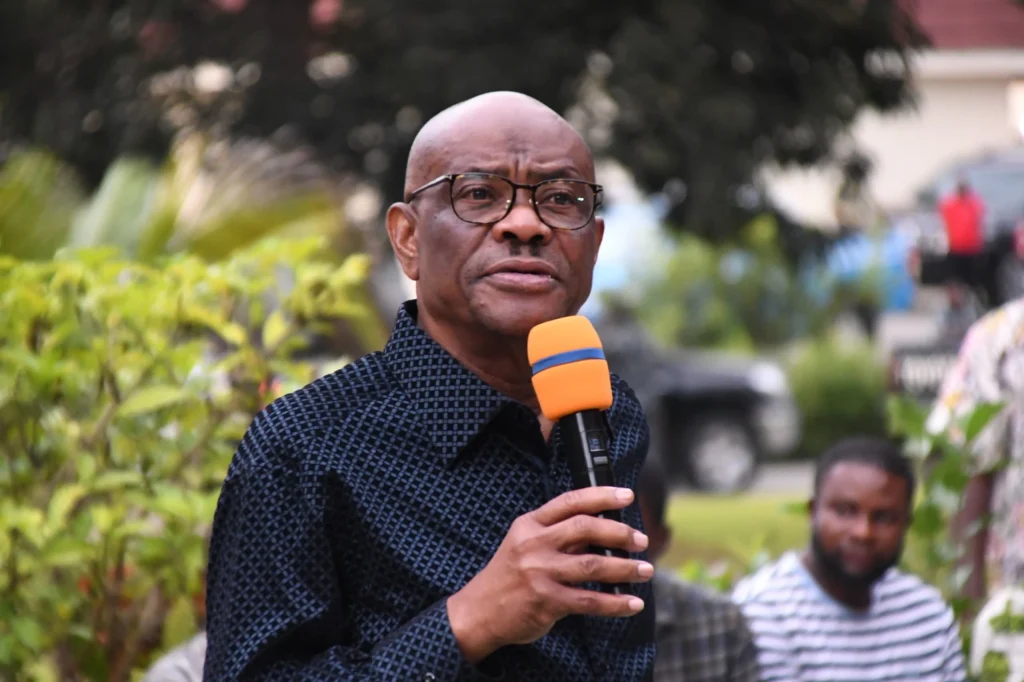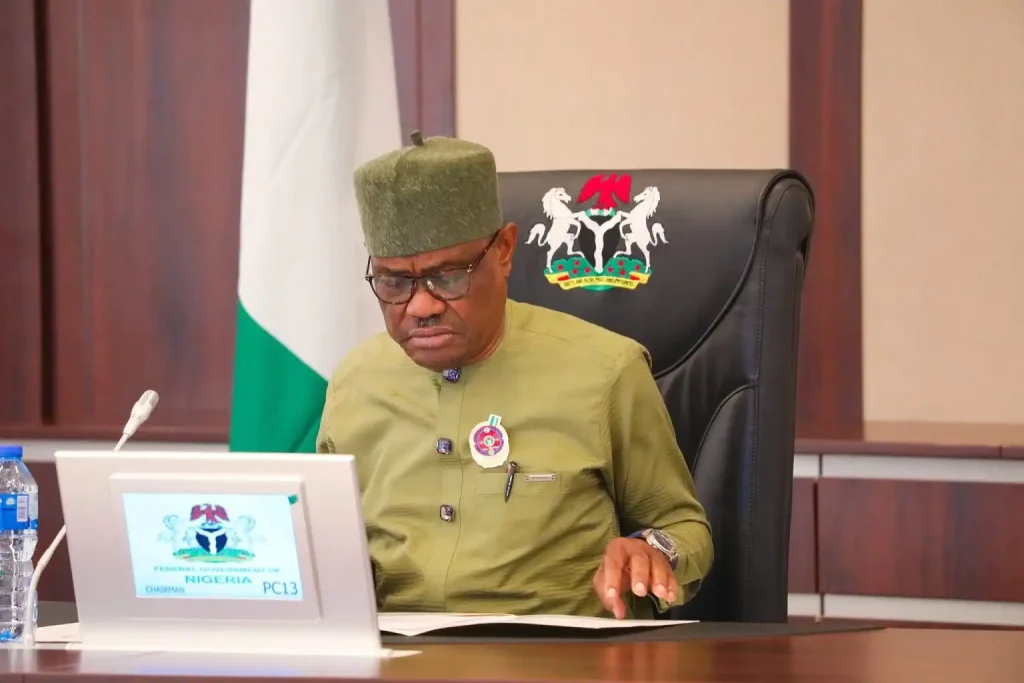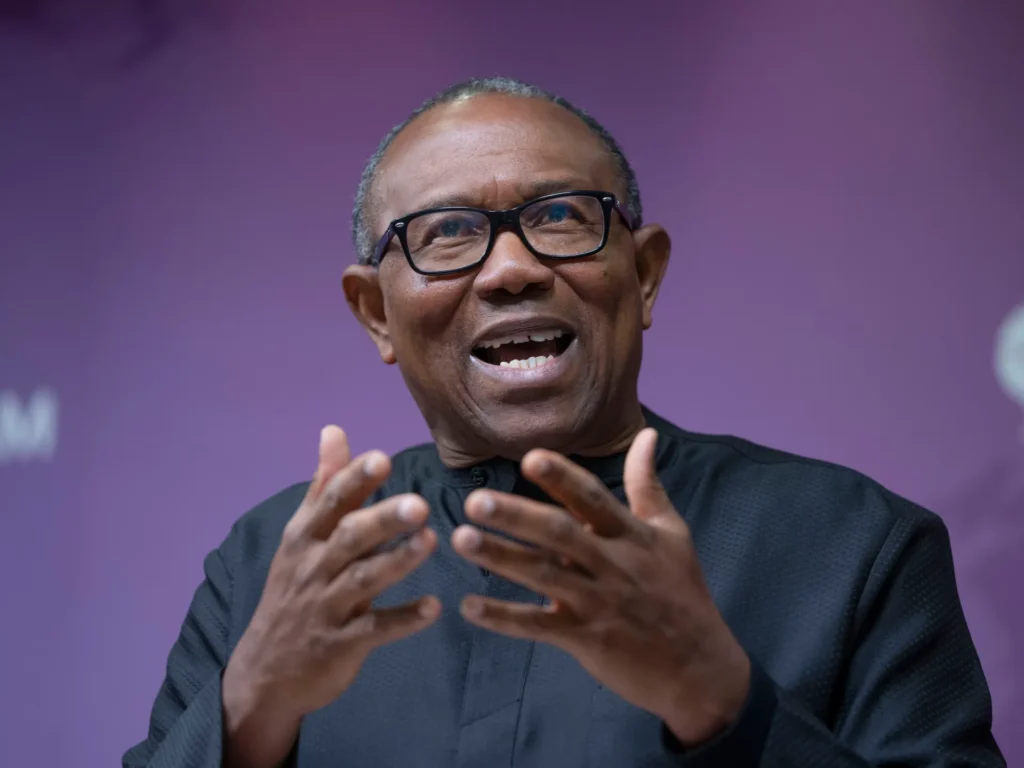In a notable critique, the World Bank has urged the Central Bank of Nigeria (CBN) to revise its Open Market Operations (OMO) strategy, recommending a set of reforms aimed at enhancing the effectiveness of Nigeria’s monetary policy and improving the country’s overall financial environment.
This call for reform was detailed in the latest Nigeria Development Update report, titled “Building Momentum for Inclusive Growth,” released earlier this week. The report comes at a critical time when Nigeria’s central bank has pursued a stringently hawkish monetary stance in response to spiraling inflation and macroeconomic instability.
CBN’s Policy Under Scrutiny
While the World Bank acknowledged the CBN’s recent bold steps in tackling economic volatility, it identified clear shortcomings in how monetary policy decisions are transmitted through Nigeria’s financial system. The institution highlighted that short-term interbank rates in Nigeria do not consistently align with the Monetary Policy Rate (MPR), instead oscillating between the Standard Deposit Facility (SDF) and the Standard Lending Facility (SLF).
As of May 2025, Nigeria’s MPR stands at 27.5%. However, banks currently earn 26.5% on deposits through the SDF and are charged 32.5% when borrowing through the SLF. The World Bank characterized this wide corridor and resulting market behavior as a “sign of liquidity management constraints,” warning that such dislocation undermines the central bank’s ability to guide interest rates effectively.
It emphasized that, ideally, short-term interbank rates should remain closely tethered to the MPR to reflect policy intentions more accurately.
Problems With OMO and Yield Segmentation
One of the core issues raised pertains to the way the CBN uses OMO bills. Originally intended to manage liquidity by absorbing excess cash from the financial system, OMO instruments have increasingly been deployed as tools to attract foreign exchange inflows. The CBN has done this by offering high-yield OMO bills to investors, including foreign players, in exchange for U.S. dollars.
The World Bank criticized this approach as contributing to the segmentation of Nigeria’s yield curve, where OMO securities and Federal Government of Nigeria (FGN) bonds with the same maturities yield vastly different returns. This, the report argues, creates market inefficiencies and hinders long-term lending to the private sector.
To remedy this, the World Bank recommended shortening the maturity periods of OMO bills and limiting participation strictly to domestic investors. These changes, the report noted, would enhance OMO’s liquidity-absorption function and align it more closely with global best practices.
Supporting Credit Access and Economic Expansion
The report also echoed longstanding concerns from Nigerian manufacturers and entrepreneurs regarding the high cost of borrowing and the restricted flow of credit. It warned that the prevailing interest rate environment—coupled with poor monetary transmission—is choking investment and growth in key sectors.
As part of its broader policy suggestions, the World Bank advised that:
-
The SLF rate should be brought closer to the MPR to stabilize short-term interest rates and reduce distortions in the interbank market.
-
Restrictions that prevent banks from accessing the SLF when engaged in other transactions with the CBN should be removed to promote flexibility and liquidity.
-
The Cash Reserve Ratio (CRR) should gradually transition from a monetary policy tool to a prudential instrument once inflation is under control. This change would enable better financial intermediation and more efficient resource allocation, aligning Nigeria with global standards.
Outlook for Monetary Policy
These recommendations arrive just days before the CBN’s Monetary Policy Committee (MPC) is scheduled to meet on Monday, May 19, 2025. The committee will deliberate on whether to maintain or adjust the MPR, which has remained at a steep 27.5% since November 2024.
The CBN has justified its hawkish approach as necessary to combat persistent inflationary pressures, even as Nigeria’s money supply continues to expand. As of March 2025, broad money supply surged to ₦114.2 trillion, marking a significant rise from ₦92.3 trillion a year earlier. This growth reflects underlying liquidity challenges that OMO operations have struggled to contain.
Despite high interest rates, inflation remains sticky, suggesting that the policy transmission mechanisms may not be functioning optimally—one of the key criticisms raised in the World Bank’s report.
Broader Economic Implications
The World Bank’s commentary not only reflects growing concern about the efficacy of Nigeria’s current monetary tools but also signals a broader shift in how global institutions view the role of central banks in emerging markets. While the CBN has earned praise in the past for bold reforms, such as unifying the exchange rate and eliminating fuel subsidies, there is now a pressing need to balance these moves with strategies that ensure more sustainable economic growth.
Improving monetary policy transmission is vital to restoring investor confidence, stabilizing exchange rates, and fostering credit availability for businesses. The World Bank believes that by refining its OMO strategy and aligning short-term interest rates more closely with the MPR, Nigeria can pave the way for a more transparent and effective financial system.
Conclusion
The World Bank’s critique of the CBN’s OMO policy is a significant development that could influence the tone and substance of next week’s MPC meeting. As Nigeria grapples with high inflation, rising money supply, and limited credit access, the call for monetary policy reform has never been louder.
Should the CBN respond proactively to these recommendations, it may help chart a clearer path toward inclusive economic growth and a more stable macroeconomic environment in the months ahead.













